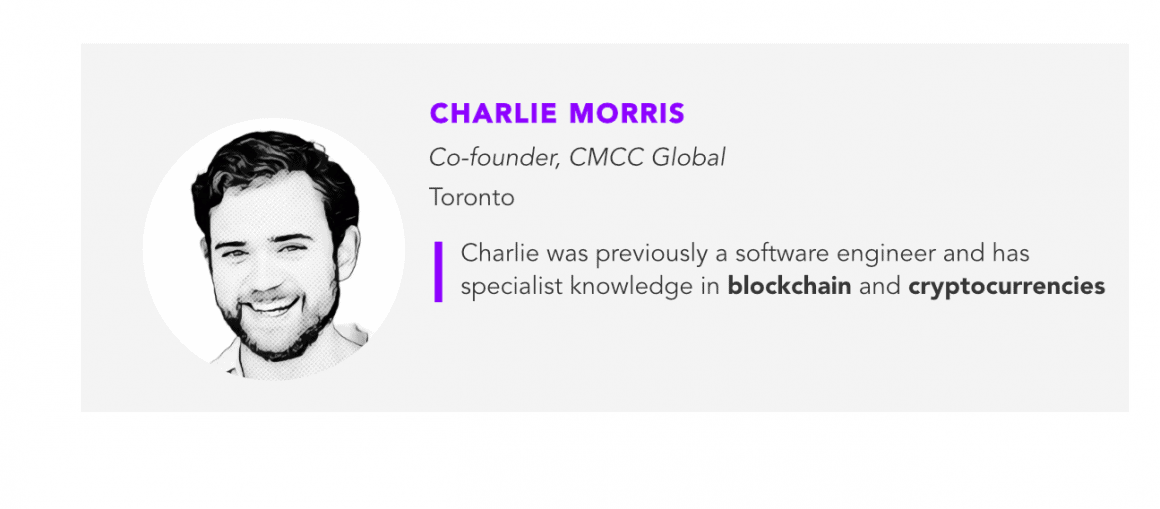The promise of Ethereum is to become a “world computer.” This is an always-on computing platform that houses smart contracts and decentralized apps (dapps) used by billions of people. Ethereum 1.0 is the hugely successful proof of concept. It has proved that the system works; thousands of people are interacting with smart contracts, and these contracts are storing digital assets worth billions of USD. It is now time to move from this proof of concept into a system fit for mass adoption. Ethereum 2.0 (also known as Eth2) is the ambitious upgrade that will make Ethereum scalable. Its Dec. 1 launch may be remembered as blockchain’s iPhone moment; the point at which a popular platform becomes usable for the masses.

Eth2 is sorely needed. The success of Ethereum 1.0 is resulting in increased usage of the platform, which was not built to handle the transaction volumes that it is currently experiencing. In recent months Ethereum has become congested due to the growing usage of stablecoins and decentralized finance (DeFi) applications. The impact of this has been rising gas prices (the fees paid to process transactions) as users are required to pay a higher amount for transactions. The rising price of ether has compounded the issue, making Ethereum an expensive platform to use. Some users (myself included) have paid up to US$100 in gas fees for a single transaction. This is completely unsustainable! Eth2 will solve these issues by boosting throughput, enabling thousands of transactions per second and reducing the cost of each transaction.
So, what exactly will Eth2 bring to Ethereum? There are two main upgrades; a new consensus mechanism called “proof of stake” and a scalability improvement known as sharding. A consensus mechanism operates at the core of a blockchain network. This mechanism makes sure that all network participants can come to agreement as to what the current state of the network is. Every node on the network must agree on who owns what assets in which accounts. In Ethereum 1.0 and Bitcoin, the consensus mechanism used is proof of work. This is a slow process and requires a large amount of processing power and electricity. The new consensus mechanism in Eth2 is proof of stake, a faster and more energy efficient alternative.
See related article: What is Proof of Stake?
The second upgrade to Ethereum is sharding. In computer science terms, you can scale a system either vertically or horizontally. Vertical scaling is where more powerful machinery is used to boost processing speeds. The problem here is that it prices out participants who cannot afford the better machinery, leaving a smaller group of centralized validators. This is bad for decentralization and adds security risks. Horizontal scaling is where a network is partitioned into many different “shards”, each processing their own transactions. In this system, validators are not required to buy expensive hardware and it may become possible to validate blocks on a smartphone.
While Eth2 is radically different from Ethereum 1.0 from a technical perspective, it remains philosophically aligned. Most proof-of-stake networks in production today only accommodate a small set of validators (a few hundred). These validators verify transactions and keep the network running. Having a small number of validators makes a system more centralized and decreases network security. The design of Eth2 requires a minimum of 16,384 validators. This will make Ethereum incredibly secure and will mean that the network is significantly decentralized, a core principle for the community.
Eth2 will make Ethereum usable by the masses, but will it arrive in time to keep the Ethereum community together? Speaking to teams building on Ethereum, it is clear that the current speed and cost of operating on Ethereum is prohibitive to their projects. For these teams, there are three options available. The first is to wait for Eth2 to roll out. This roll out is coming in seven stages, and it is not until phase 1.5 that Eth2 incorporates current Ethereum. Optimistically this is a year away and it is likely further out given Ethereum’s track record of delayed rollouts. The second option is to build on a layer 2 scaling solution, like OMG or Matic. Many teams are already doing this. It is a “one foot in, one foot out” approach, with applications still part of the broader Ethereum ecosystem, while operating on a sidechain or Plasma chain.
The third option is to leave Ethereum and find an alternative scalable platform to build on today. There are a variety of options, from building your own blockchain on a platform like Cosmos to migrating to a high throughput layer1 chain like Solana. However, migrations are a significant undertaking for any team. Porting existing code directly onto a new platform is challenging, meaning that a lot of learning and re-writing is required. The alternative platform may have different tooling, different standards and different utilities, like wallets, to get to grips with. Most importantly, being on an alternative platform will mean that a project loses the ability to interact with existing Ethereum dapps. Composability is a key part of Ethereum’s network effect, holding the community together.
In five years, the blockchain landscape will look very different. There will be scalable platforms housing thousands of applications that are used by millions of people. My bet is that 90% of blockchain dapps will live on a small group of extremely valuable base layer platforms. Ethereum will be one of these. How dominant Ethereum will be depends on the rollout Eth2. Deployment delays or serious bugs will open the door for a raft of competitors to start hoovering up disgruntled Ethereum applications and build a community. On the flip side, a smooth Eth2 upgrade over the next year will solidify Ethereum’s place as the “world computer” and will likely turn it into a trillion-dollar protocol.




